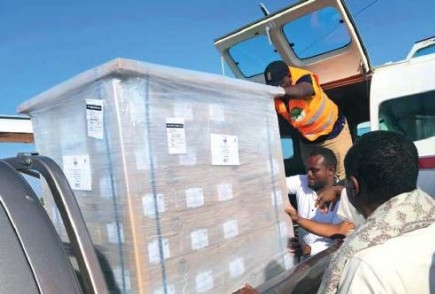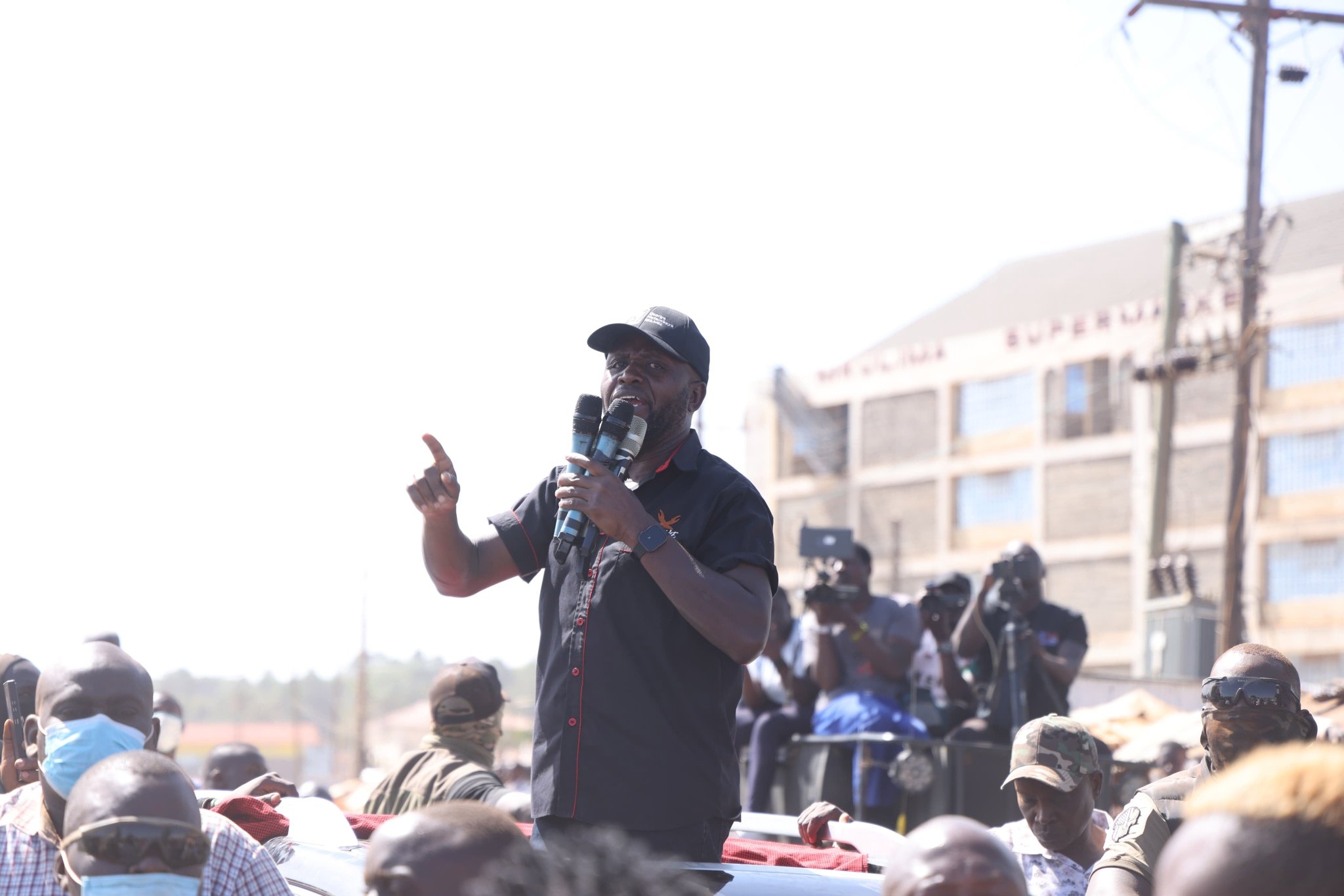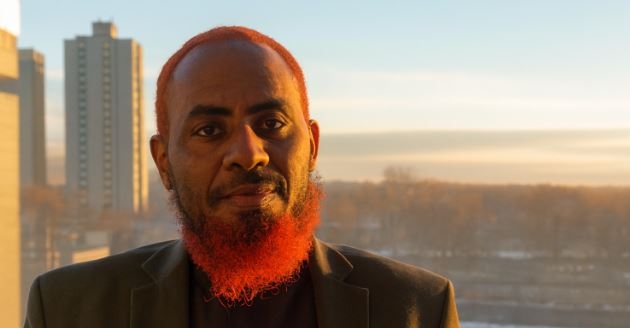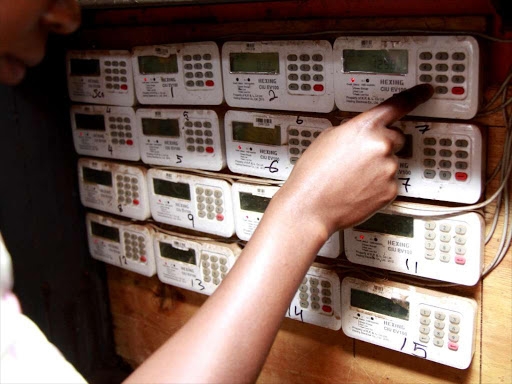Security agencies have been mobilised to counter increasing terror attacks near the Kenya-Somalia border.
There are fears the gang has a bigger agenda. June 15, 2014, was the day terrorists descended in Mpeketoni town, Lamu county.
There are now fears the group wants to mark the ninth anniversary with a bigger attack.
The past two weeks have seen a rise in attacks stretching along the border, which have left more than 20 people dead.
The latest attacks happened on Tuesday, June 12, in Garissa and Lamu counties that left more than 12 security officials, including a senior military officer, dead.
On Tuesday, the group targeted a passenger bus in Afaad in Mandera by shooting at it to force the driver to stop in vain, police said.
The driver sped off with a deflated tyre, saving almost 50 passengers who were on board.
In Sangailu area, Garissa, authorities said the terror group targeted troops with an IED, killing four of them.
This is after their vehicle ran over the explosive.
The personnel were also attacked by guns, police and witnesses said.
A team of National Police Reserve that responded was met with resistance, officials said.
This left six of the NPR dead. Another IED hit a security vehicle in Mararani in Lamu killing two troops, officials said adding the attacks happened almost simultaneously.
Security agencies have warned of worse times ahead as the attacks increase.
Last week, two police officers died while five were injured after an armoured car they were traveling in was hit by an improvised explosive device in Mandera near the Kenya-Somalia border.
Many factors are being floated as reasons the attacks have returned.
They include the ongoing campaign in Somalia against the terror group.
And the attacks coming at a time when the country marks nine years since the attack in Mpeketoni, there are fears of serious one in the offing.
Multi-agency teams have been mobilised to counter the gang that seems to be running away from pressure in Somalia.
In Mpeketoni, some locals fear the worst but hope the agencies will stop the terrorists.
The town was a beehive of activity day and at night and was headed to become Lamu’s major trade, business and investment hub, until the night of June 15, 2014.
Three days, more than 90 people had been killed in attacks. Al Shabaab claimed responsibility.
Subsequent raids in Kibaoni, Witu, Hindi and other villages in Boni Forest and on the border of Lamu and Somalia left lasting scars.
The terrorists killed more than 90 men and destroyed property worth millions of shillings in the worst terror attack in the region.
Hundreds of women were plunged into widowhood and children left fatherless.
The attack has stalled growth and expansion of these towns, making them lose investment.
The town would be littered with people going about their business until late into the night or even till dawn.
Before the 2014 massacre, the real estate business was fast picking up what with mega projects like the Sh2.5 trillion Lamu Port South Sudan Ethiopia Transport (Lapsset) Corridor Project, the proposed Sh200 billion coal-fired power plant as well as the intended Sh21 billion wind power projects that were promising bigger and better prospects for the region.
During the terror attack on the night of June 15, 2014, more than 40 buildings were torched.
The attacks prompted the government to shift its attention to the region, making major investments.
Security projects have been installed as part of efforts to address the fears of new attacks.
There are hopes these investments will open up the area and deter further attacks, officials said.
Nearby Lamu island is a popular tourist destination with ancient architecture that is listed as a Unesco World Heritage Site.
The border region has borne the brunt of repeated attacks from the militants who are at times aided by locals. Somalia has not had a stable government after the fall of Siad Barre in 1991.
















